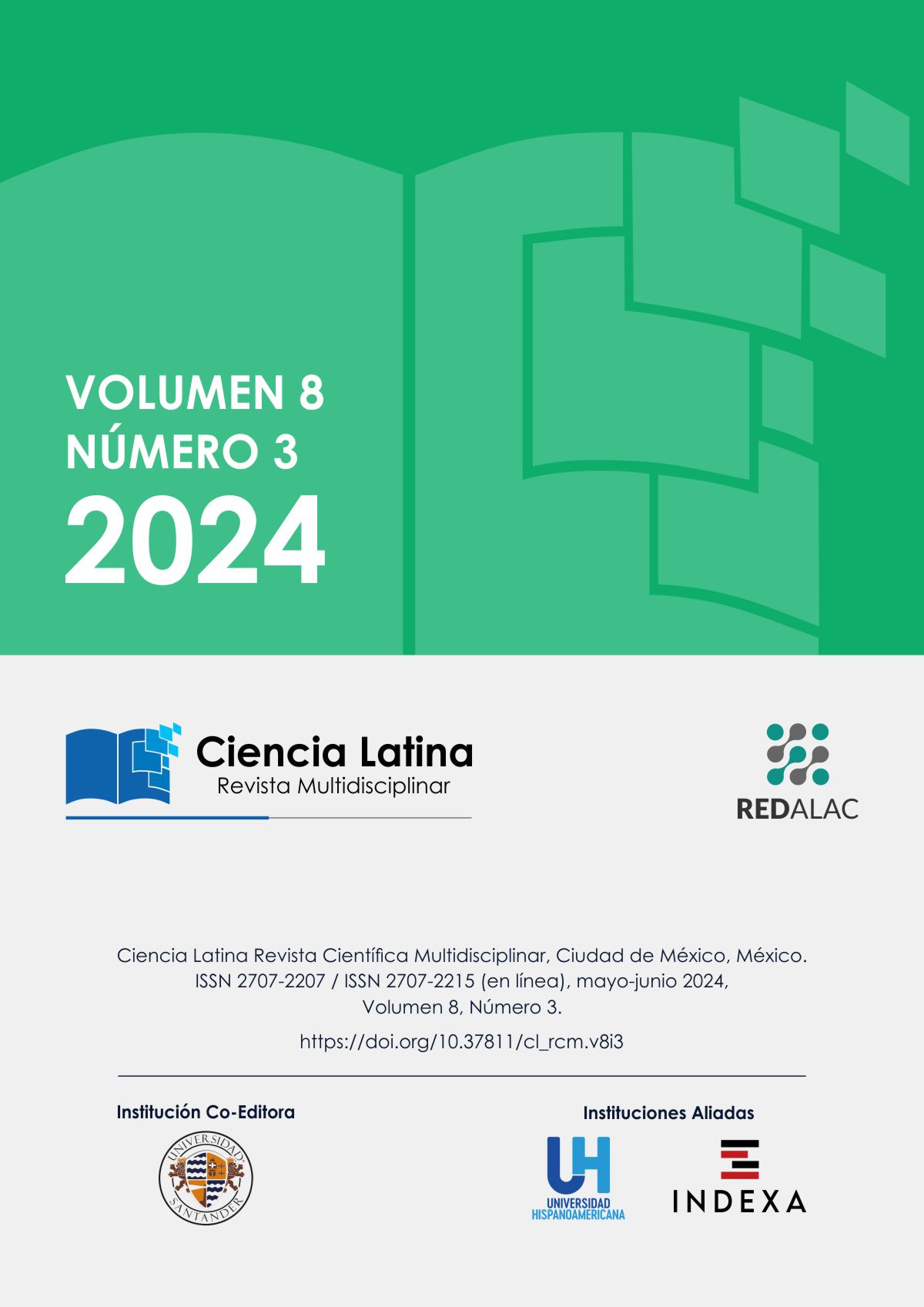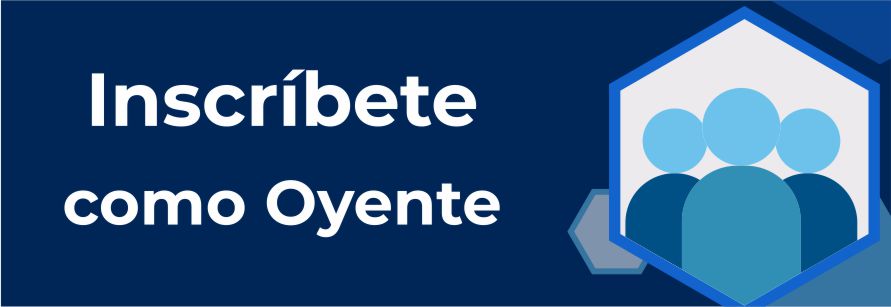La Gamificación como Estrategia Pedagógica en la Educación Matemática
Resumen
Este artículo examina la gamificación como estrategia pedagógica en la educación matemática, explorando su impacto en el aprendizaje y la motivación de los estudiantes. La gamificación, que implica el uso de elementos de juego en contextos educativos, se ha convertido en una herramienta prometedora para abordar desafíos en la enseñanza de matemáticas, un área a menudo percibida como difícil y poco atractiva por los estudiantes. A través de un enfoque mixto que combina métodos cualitativos y cuantitativos, este estudio analiza cómo la integración de mecánicas de juego, tales como recompensas, niveles y desafíos, puede mejorar la comprensión conceptual y la participación activa en el aula de matemáticas. Los datos fueron recolectados mediante encuestas, entrevistas y observaciones en varias escuelas de educación básica, involucrando a estudiantes y docentes. Los resultados indican que la gamificación no solo aumenta la motivación y el compromiso de los estudiantes, sino que también facilita un aprendizaje más profundo y significativo. Se identificaron mejoras significativas en la resolución de problemas y en la actitud hacia las matemáticas, destacando la importancia de un diseño cuidadoso y contextualizado de las actividades gamificadas. Además, el estudio aborda los desafíos y limitaciones asociados con la implementación de la gamificación, tales como la necesidad de formación docente específica y la adaptación de recursos tecnológicos. Las implicaciones de estos hallazgos sugieren que la gamificación, cuando se implementa de manera efectiva, puede transformar la educación matemática, haciéndola más accesible y atractiva para los estudiantes. La gamificación ofrece un entorno seguro para la exploración y el ensayo, permitiendo a los estudiantes aprender de sus errores sin temor a la evaluación negativa. Este artículo concluye con recomendaciones prácticas para docentes y formuladores de políticas educativas, enfatizando la necesidad de un apoyo institucional robusto y formación continua para los docentes en el uso de técnicas de gamificación. También se proponen áreas para futuras investigaciones, con el objetivo de optimizar el uso de la gamificación en el aula y mejorar los resultados educativos en matemáticas. La integración de tecnologías educativas y la creación de recursos adaptativos son esenciales para maximizar el potencial de la gamificación en la educación matemática, promoviendo una educación más inclusiva y efectiva.
Descargas
Citas
Boaler, J. (2016). Mathematical Mindsets: Unleashing Students’ Potential through Creative Math, Inspiring Messages, and Innovative Teaching. Jossey-Bass.
Boud, D., & Molloy, E. (2013). *Feedback in Higher and Professional Education: Understanding It and Doing It Well.
Buckley, P., & Doyle, E. (2016). Gamification and student motivation. Interact. Learn. Environ., 24(6), 1162–1175.
Caponetto, I., Earp, J., & Ott, M. (2014). Gamification and education: A literature review. European Conference on Games Based Learning, 1, 50–57.
Cheng, K.-H., & Tsai, C.-C. (2019). A case study of immersive virtual field trips in an elementary classroom: Students’ learning experience and teacher-student interaction behaviors. Comput. Educ., 140(103600), 103600.
Deterding, S., Dixon, D., Khaled, R., & Nacke, L. (2011). From game design ele-ments to gamefulness: defining ``gamification’’. In Proceedings of the 15th Interna-tional Academic MindTrek Conference: Envisioning Future Media Environ-ments* (pp. 9–15).
Dichev, C., & Dicheva, D. (2017). Gamifying education: what is known, what is believed and what remains uncertain: a critical review. International Journal of Educational Technology in Higher, 14(1).
Domínguez, A., Saenz-de-Navarrete, J., de-Marcos, L., Fernández-Sanz, L., Pagés, C., & Mart’inez-Herráiz, J.-J. (2013). Gamifying learning experiences: Practical implications and outcomes. Comput. Educ., 63, 380–392.
Drake, K., Belsky, J., & Fearon, R. M. (2015). From early attachment to engage-ment with learning in school: The role of self-regulation and persistence. Developmental Psychology*, 51(7), 950–961.
Durlak, J. A., Weissberg, R. P., Dymnicki, A. B., & Taylor R D and Schellinger, K. B. (2011). The impact of enhancing students’ social and emotional learning: A meta-analysis of school-based universal interventions. *Child Development*, 82(1), 405–432.
Da Silva Santos , F., & López Vargas , R. (2020). Efecto del Estrés en la Función Inmune en Pacientes con Enfermedades Autoinmunes: una Revisión de Estudios Latinoamericanos. Revista Científica De Salud Y Desarrollo Humano, 1(1), 46–59.
https://doi.org/10.61368/r.s.d.h.v1i1.9
Evans, J., Davies, B., & Rich, E. (2016). The body made flesh: Embodied learning and the teaching of physical education. *Sport, Education and Society*, 21(4), 468–487.
Fletcher, J., & Bullock, S. (2019). Augmented reality and mathematics education: A meta-analytic review. *Educational Research Review*, 27, 165–179.
Fullan, M. (2007). *The new meaning of educational change. Teachers College Press.
Glover, I. (2013). Play as you learn: gamification as a technique for motivating learners. In *Proceedings of World Conference on Educational Multimedia, Hy-permedia and Telecommunications 2013* (pp. 1999–2008).
Gould, D., & Voelker, D. K. (2012). Youth sport leadership development: Lever-aging the sports captaincy experience. *Journal of Sport Psychology in Action*, 3(1), 1–14.
Gui, X., Yang, Y., & Liu, Q. (2023). Gamification in education: A literature re-view and implications for future research. *Journal of Educational Technology & Society*, 26(1), 123–135.
Hamari, J., Koivisto, J., & Sarsa, H. (2016). Does gamification work?–a literature review of empirical studies on gamification. In Proceedings of the 47th Hawaii In-ternational Conference on System Sciences (HICSS) (pp. 3025–3034).
Hamilton, L., Halverson, R., Jackson, S., Mandinach, E., Supovitz, J., & Wayman, J. (2009). *Using student achievement data to support instructional decision making*. Institute of Education Sciences.
Haycock, D., & Smith, A. (2011). Still “more of the same for the more able?” In-cluding young disabled people and pupils with special educational needs in ex-tra-curricular physical education. *Sport, Education and Society*, 16(4), 497–511.
Huang, W. H., & Soman, D. (2013). Gamification of education. Research Report Series: Behavioural Economics in Action.
Hung, A. C., Kuo, K. Y., & Wang, S. (2018). Effects of digital game-based learn-ing on students’ self-efficacy, goal orientation, and learning behaviors. Journal of Educational Technology & Society, 21(4), 17–29.
Ibáñez, M. B., Di Serio, Á., & Delgado-Kloos, C. (2014). Gamification for engag-ing computer science students in learning activities: A case study. IEEE Transac-Tions on Learning Technologies, 7(3), 291–301.
Kapp, K. M. (2012). The gamification of learning and instruction: Game-based methods and strategies for training and education. Pfeiffer.
Karpicke, J. D., Butler, A. C., & Roediger, H. L. (2020). The critical role of re-trieval practice in long-term retention. *Educational Psychology Review*, 32(1), 61–76.
Kim, S., Song, K., Lockee, B., & Burton, J. (2018). Gamification in Learning and Education: Enjoy Learning Like Gaming. Springer.
Looi, C.-K., Sun, D., & Xie, W. (2020). Exploring the affordances of seamless learning for the acquisition of adaptive expertise. British Journal of Educational Technology, 51(5), 1642–1657.
Lubans, D. R., Plotnikoff, R. C., & Lubans, N. J. (2016). Review of the impact of physical activity on the mental health of children and adolescents. *Journal of Clinical Medicine*, 5(12).
Mayer, R. E. (2014). The Cambridge handbook of multimedia learning. Cambrid-ge University Press.
Montes Reyna , W. E., Humanante Carpio, M. L., Delgado Rodríguez, M. C., & Iñiguez Apolo, L. M. (2024). Uso de los Recursos Educativos Abiertos y Tecnologías Educativas (EdTech) en la Educación Superior . Revista Científica De Salud Y Desarrollo Humano, 5(2), 56–68. https://doi.org/10.61368/r.s.d.h.v5i2.121
Okolo, C. M., & Diedrich, J. (2014). Twenty-five years later: How is technology used in the education of students with disabilities? Results of a statewide study. J. Spec. Educ. Technol., 29(1), 1–20.
Plass, J. L., Homer, B. D., & Kinzer, C. K. (2015). Foundations of game-based learning. Educational Psychologist, 50(4), 258–283.
Sánchez, R. A., Cortijo, V., & Javed, U. (2020). Gamification impact on students’ motivation and learning outcome: A review of the literature. Education and In-Formation Technologies, 25, 1–25.
Seaborn, K., & Fels, D. I. (2015). Gamification in theory and action: A survey. International Journal of Human-Computer Studies, 74, 14–31.
Siemens, G. (2013). Learning analytics: The emergence of a discipline. *American Behavioral Scientist*, 57(10), 1380–1400.
Smith, S. J., & Tyler, N. C. (2011). Effective inclusive education: Equipping edu-cation professionals with necessary skills and knowledge. Prospects*, 41(3), 323–339.
Spaaij, R., Farquharson, K., Magee, J., Jeanes, R., Lusher, D., & Gorman, S. (2014). A fair game for all? How community sports clubs in Australia deal with diversity. J. Sport Soc. Issues, 38(4), 346–365.
Toda, A. M., Do Carmo, R. M., Da Silva, A. P., & Klock, A. C. T. (2018). An ap-proach to gamify exercises in the context of programming education. Internatio-Nal Journal of Information and Education Technology, 8(4), 286–289.
Visek, A. J., Achrati, S. M., Mannix, H., McDonnell, K., Harris, B. S., & DiPietro, L. (2015). The fun integration theory: toward sustaining children and adolescents sport participation. J. Phys. Act. Health, 12(3), 424–433.
Veloz Vasco, J. R., Valle Bombón, J. S., & Jiménez Zavala, J. D. (2024). La planificación fi-nanciera en las Pymes de la ciudad de Ambato. Estudios Y Perspectivas Revista Científica Y Académica , 4(1), 134–148. https://doi.org/10.61384/r.c.a.v4i1.88
Veloz Vasco, J. R., Valle Bombón, J. S., & Jiménez Zavala, J. D. (2024). La planificación fi-nanciera en las Pymes de la ciudad de Ambato. Estudios Y Perspectivas Revista Científica Y Académica , 4(1), 134–148. https://doi.org/10.61384/r.c.a.v4i1.89
Wenger, E. (1998). *Communities of Practice: Learning, Meaning, and Identity. Cambridge University Press.
Derechos de autor 2024 Augusto Paolo Bernal Párraga , Elizabeth Leopoldina Haro Cedeño, Carla Geovana Reyes Amores, Alexander Damian Arequipa Molina, Iris Johanna Zamora Batioja, Marcia Yolanda Sandoval Lloacana, Veronica Del Rocio Campoverde Duran

Esta obra está bajo licencia internacional Creative Commons Reconocimiento 4.0.













.png)




















.png)
1.png)


